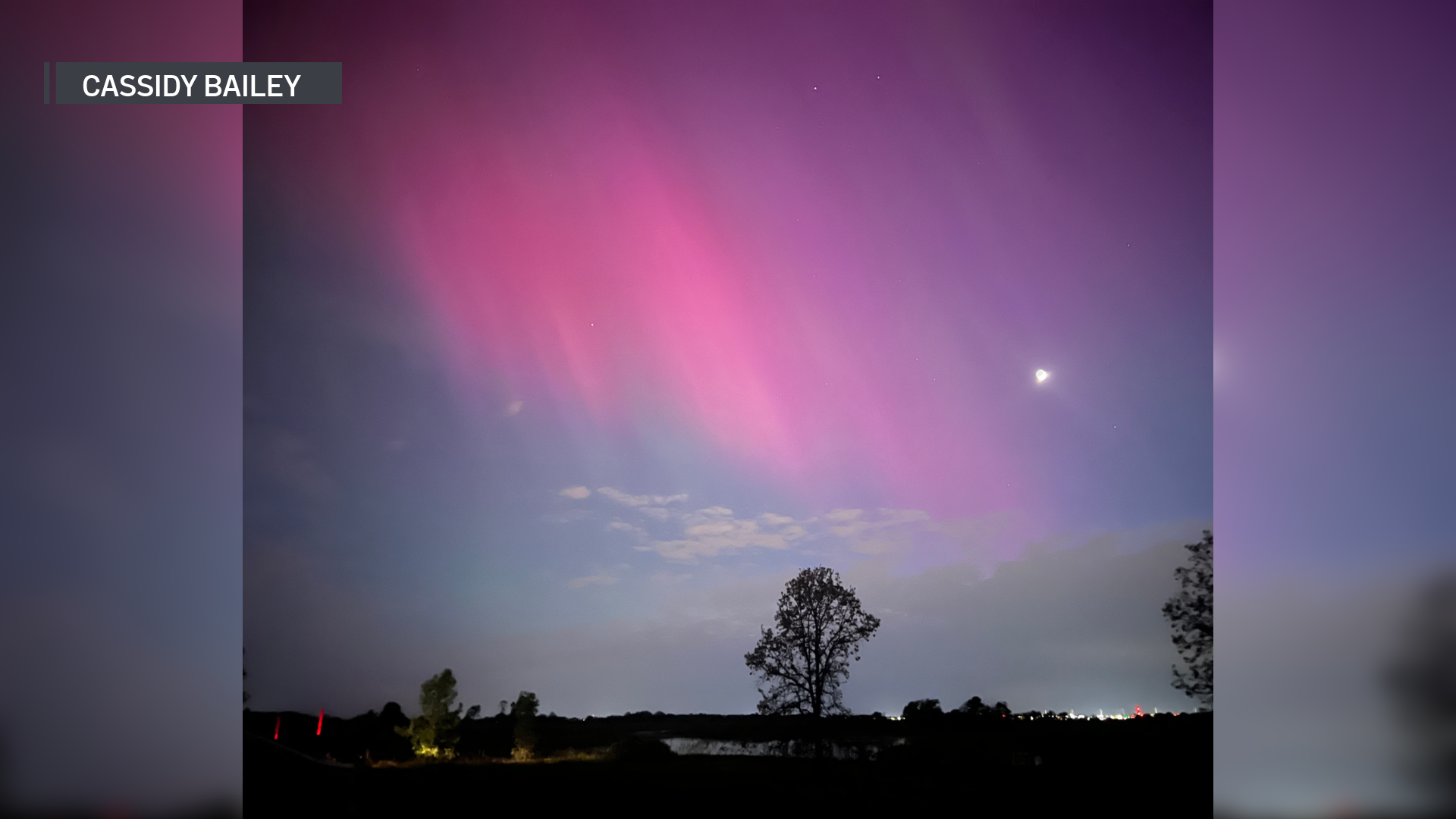As strong-to-severe thunderstorms loom in the forecast for Wednesday, the National Weather Service has issued a flood watch and a flash flood warning for several counties in the Chicago area.
A flash flood warning has been issued for southeastern Cook County, southeastern DuPage County and northwestern Will County until 4:30 p.m.
Thunderstorms are causing heavy rains in that area, with up to an inch of rainfall occurring every 30 minutes.
Ditches, streets, underpasses and low-lying areas could soon be impacted by flooding, officials say.
A flood watch also remains in effect, and includes DuPage, Cook and Will counties in Illinois, as well as Lake County in Indiana, and will run through 7 p.m., according to officials.
Rainfall rates of 1-to-2 inches per hour are possible with developing storms, and excess rainfall, coupled with saturated soil conditions, could lead to flash flooding across the area.
In addition to creeks and streams, low-lying roadways and underpasses could also be impacted, according to officials.
Local
Chicago officials have already asked residents to curb their water usage, issuing an “overflow action alert” to advise individuals to hold off on washing clothes or dishes, as well as on taking showers.
These steps are being taken because of concerns about the capacity levels of a variety of drainage systems installed around the Chicago area, specifically in areas near the McCook Reservoir.
Feeling out of the loop? We'll catch you up on the Chicago news you need to know. Sign up for the weekly Chicago Catch-Up newsletter here.
According to the Metropolitan Water Reclamation District of Greater Chicago, that reservoir is designed to capture sewage and stormwater that would otherwise flow into rivers, streams, and accumulate in area communities.
The reservoir, located along the Stevenson Expressway between the Des Plaines River and the Chicago Sanitary and Ship Canal, was at 90% capacity as of Wednesday morning, according to MWRD officials.
Water is channeled into that reservoir, where it can be stored before it is treated at the Stickney Water Reclamation Plant. That water is then drained into the Chicago Sanitary and Ship Canal under normal circumstances.
If the reservoir levels get too high, officials can take a variety of steps, with a last-resort option being opening the locks near Wilmette to allow Chicago River water to drain into Lake Michigan. That step involves releasing untreated water into the lake, and is therefore considered only in times of duress.
More information on water levels and the MWRD drainage plans can be found on the district’s website.



